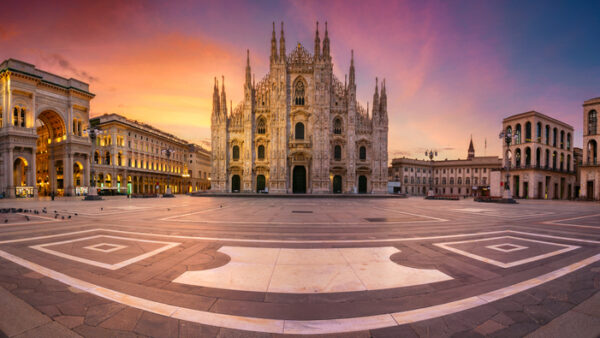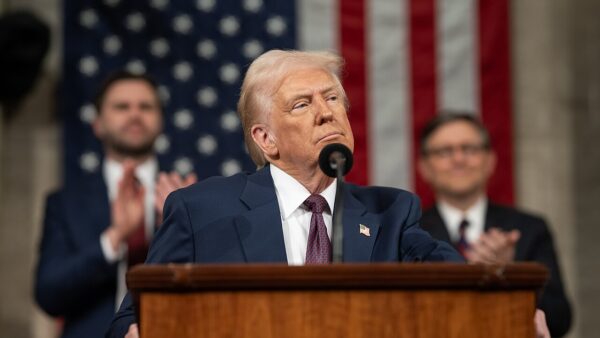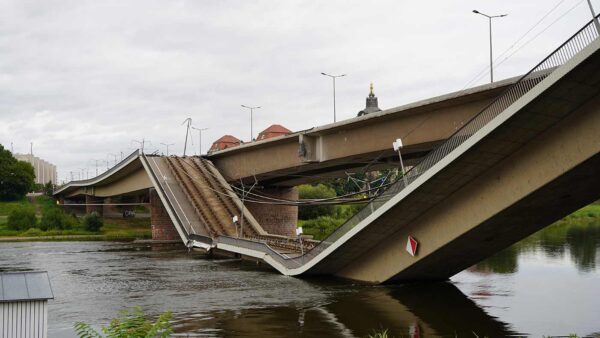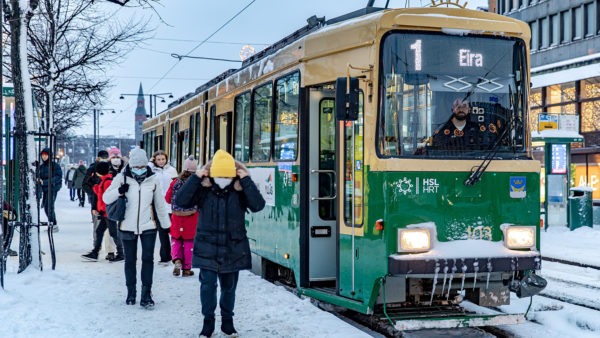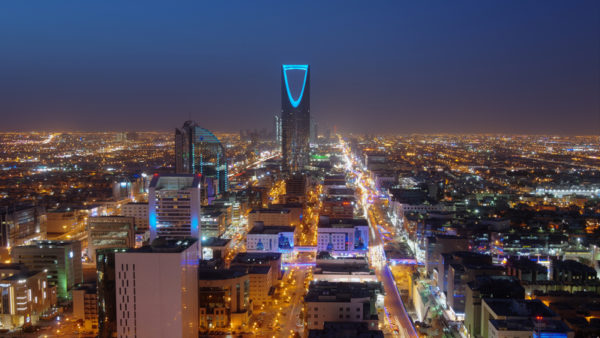29 January 2014
Cuba aims to become the centre of a new Caribbean trading network-with a little help from its friends. David Rogers reports
Cuba’s campaign to liberate and liberalise its struggling economy became operational on Monday when the Mariel deepwater container port was declared open for business.
The port is the centerpiece of Rául Castro’s “updating” of Cuba’s economic policy, which aims to overcome the effect of the US’s 52-year embargo on trade and investment in Cuba with a combination of domestic reform and foreign investment.
The Mariel project is a key part of this strategy-a $1bn bet that Mariel Bay, 40km west of Havana, can become the principal port of the Caribbean.
Eventually, the port will have a 2km-long dock and the capacity to handle up to 3 million containers a year. At present, 700m of docks have been completed, giving the port a 1 million container capacity.
The business plan for the port depends in part on the widening of the Panama Canal to accommodate the gigantic “Post Panamax” ships, which can carry up to 10,000 containers, due to be completed in 2015.
MarÃa Vitória Bernase of the Havana-based Latin American and Caribbean Economic Association told The Guardian newspaper that this ability gave Mariel a competitive advantage over other ports in the Caribbean.
“The USÂ has no bays in the south that are so deep,” he said. “Cuba is the key to the Gulf of Mexico. There is no other bay in the region with the depth of Mariel.”
The hinterland of the port is a special development zone, which is hoping to attract foreign and Cuban companies with a combination low taxes – including a 10-year exemption on paying tax on their profits – and customs duties.
If all goes to plan, the zone will become a warehousing and distribution hub for the Caribbean region and a centre for high-tech manufacturing. The government had hoped to develop the port as a refining and petrochemical centre, but oil exploration in the seas around Mariel were not successful.
A four-lane motorway that will run the length of the island and integrate the development zone with the rest of the island’s economy is under way.
Foreign affairs
The success of the port and its development zone is dependent on the forming of long-term alliances with foreign countries.
Cuba’s most important friend in the region over the past decade has been Venezuela, however, other states are showing an interest in investing.
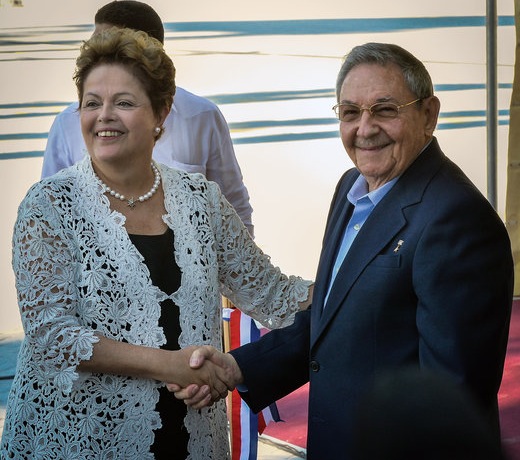
Cuban President Raul Castro, right, and Brazilian President Dilma Rousseff shake hands at the inauguration of the Mariel megaport on 27 January 2014 (ADALBERTO ROQUE/AFP/Getty Images)
One of the more unlikely partners is the UK: Tim Cole, the British ambassador to Cuba, announced last year that Esencia Hotels and Resorts planned to build a golf course near the resort of Varadero with an investment of $350m.
However, it is the thriving Brazilian economy that is likely to play the largest role.
Monday’s opening ceremony was held in the presence of the 33 heads of state who had gathered in Havana for the third Community of Latin American and Caribbean States summit. Significantly, the task of cutting the ceremonial ribbon was given to Dilma Rousseff, the president of Brazil.
The honour reflected the crucial role that Brazil is playing in Cuba’s economic drama. The construction of the container terminal cost $957m, $682m of which was financed by Brazilian development bank BNDES in return for Cuba’s promise to give Brazil’s construction companies at least $802m in business.
The port is being built by a joint venture between Brazil’s Grupo Odebrecht and Quality Couriers, a state-owned Cuban contractor. It will be run by PSA International, a Singaporean port operator.
Rousseff announced during the ceremony that Brazil wanted to become “a first-order economic partner for Cuba”, and said her government would provide a $290m loan to fund infrastructure projects at the development zone.
Antonio Simões, Brazil’s foreign affairs minister, told journalists at the ceremony that the Mariel Zone could be an export platform for Brazilian glass, tobacco and pharmaceutical products.
Cuba is also hoping to attract investment from Beijing. However, although China has become an important source of investment for Latin America as a whole-its investment in the region is much greater than its better publicised dealings in Africa – so far it has shied away from large-scale investment in Cuba.
The most noticeable deals have been in oil exploration and, as with the UK, golf courses.
An uncertain future
Although the port creates the possibility of allowing Cuba to make the most of its geographical position, it is clear that, as long as the US embargo remains, the development of the port and its free-trade zone is a gamble.
Cuban businessman Emilio Morales commented in his blog : “The Mariel project can only be viable over the long term. In the short term it faces competition from similar installations in Panama and Jamaica, and they are in a better position to develop trade with the main market in the region: the USA. The Cuban project will be constrained by the US embargo that prohibits ships that visit any Cuban port from entering US territorial waters within six months.”
On the other hand, the most important factor in lifting the US embargo is likely to be the desire of US businesses to exploit the economic opportunities offered by Cuba as it liberalises.
The right-wing Cato Institute has pointed out that the embargo costs America as much as $1.2bn annually. There are faint signs that Washington may be more willing than usual to soften its stance. Barack Obama has called for a new approach, and the countries’ leaders shook hands for the first time in a decade at the memorial service for Nelson Mandela.
But there is little prospect of an immediate change in US policy.





